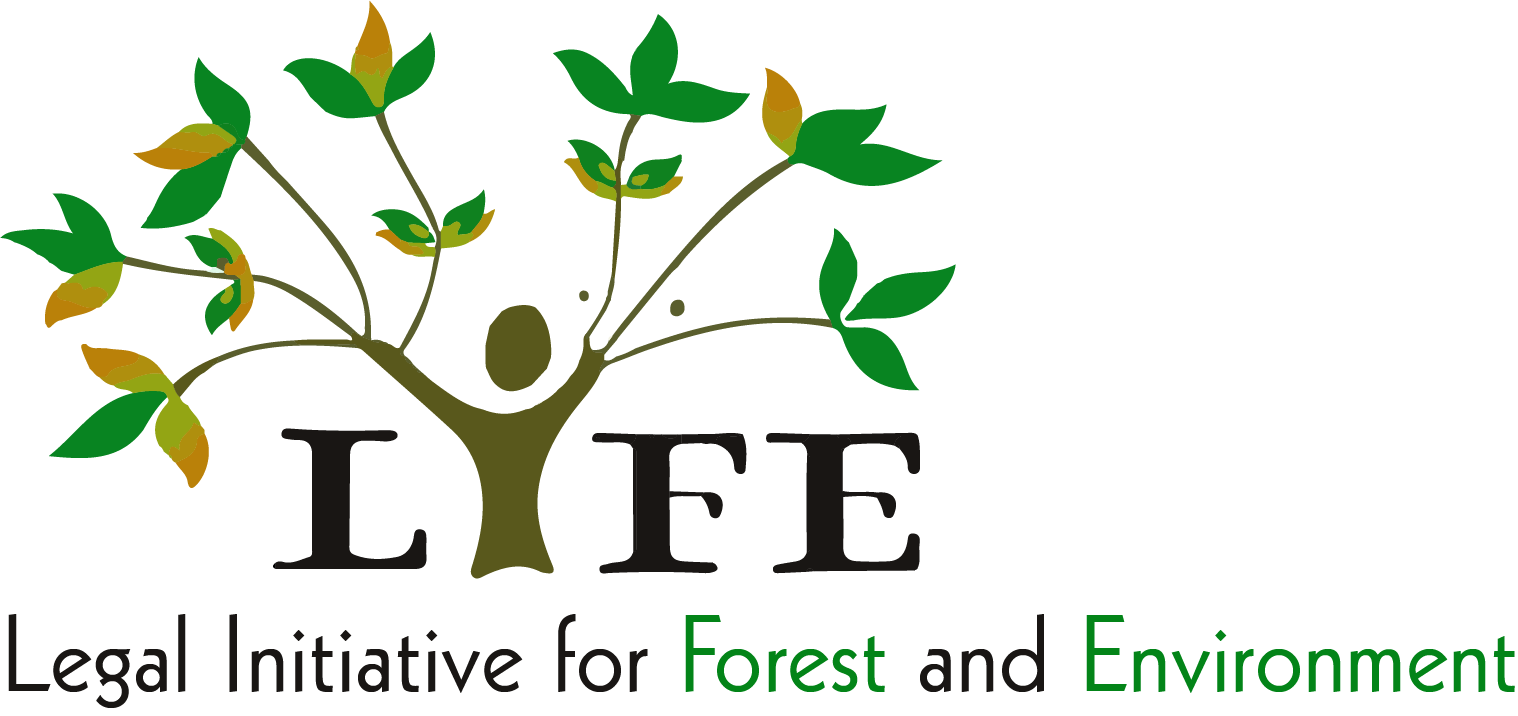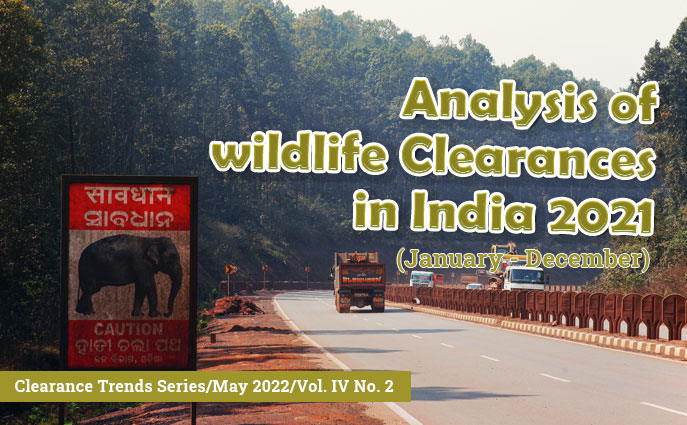This report highlights primary findings related to violations of the Wildlife (Protection) Act, 1972 and the likely impacts of upcoming projects based on the examination of the minutes of the meetings of Standing Committee of National Board for Wildlife in the calendar year 2021. Our analysis shows that during 2021, the number of proposals considered by Standing Committee spiked significantly: compared to last, the number of approvals diverting Protected Area became five times as compared to last year. A total diversion of 2,374.884 hectare (ha) area was approved which includes Protected Area diversion of 1,012.019 ha and Non-Protected Area diversion of 1,362.865 ha including 828.56 ha approved from tiger habitats, and 1,240.746 ha from Eco-Sensitive Zones.
The year 2021 can be regarded as a dark year in the history of wildlife conservation, as an entire sanctuary—Galathea Bay Sanctuary in Andaman and Nicobar Islands, containing India’s largest known breeding site for leatherback turtles—was de-notified, for the ease of mega-city project of NITI Ayog aiming for ‘holistic development’ of Nicobar Islands. Another decision of SC-NBWL deletes a large portion of the Salt Water Crocodile Sanctuary in Andaman and Nicobar Islands in the name of ‘rationalization’. In all, four sanctuaries (two de-notified and two rationalized) were impacted by the decisions of the Standing Committee in 2021. Projects like Ayurveda Institute were also allowed to be placed in ESZ of Sukhna Wildlife Sanctuary in Haryana, which is not a sitespecific project and should have avoided such diversion.
An accelerated system of appraisal was observed this year, where the recommendations were granted without waiting to verify conservation plans, allowing projects without site inspections or the reviewing of necessary details like compensatory afforestation. Proposals were directed by the Standing Committee to prepare animal passage plans and were also approved in the same discussion, leaving no scope for verification or where lacunae of necessary aspects in the mitigation. A strategized approach coupled with dilution of clearance process can have huge repercussions on the wildlife of the country.


